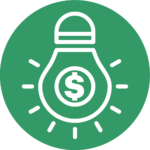Getting ready to invest? There are some things you should ask yourself
In my first piece about investing for freelancers, I tried to usefully define the process of investing, but how do we go about getting ready to invest? What do we need to do first?
This time I’m going to dive into some of the questions we need to ask ourselves before we can start.
It can be tempting to skip having these conversations with yourself and leap straight into buying investments, but here’s my hot-take on that: don’t.
We need to learn to walk before we can run. And before we can walk we need to check we’ve tied our shoe laces.
There are plenty of stumbling blocks in both creative work and in investing, so this piece is about trying to make sure we don’t trip ourselves up on the way.
Disclaimer: This article is for financial information and education purposes only. It is not financial advice. Investing carries risks. The value of your investments and can go down as well as up and you may not get back the original amount invested. Always do your own research and seek independent advice where required. Read the full disclaimer here.

The two hurdles faced by freelance investors
The great irony of the creative/freelance lifestyle is that despite our deep and (mostly) abiding love of the work, we are in reality, forced to spend more time thinking about financial admin than a typical 9-5 employee. Investing is no exception.
In more traditional roles, employees might benefit from being automatically enrolled in a pension, have the chance to take part in share-purchase schemes and other opportunities. They’ll likely have an HR department to talk them through their options and maybe even perks like life insurance or discounted financial advice.
“Saving is the most effective tool we have for smoothing out that feast and famine cycle and yet it’s often the last thing we’ll actually try”

Sadly, this does not come boxed and ready for freelancers, once we fill in the self-assessment forms. We therefore face a double challenge:
1) We need to learn how to compensate for this lack of a ready-made financial infrastructure by building our own
2) The feast and famine cycle of freelance creative work, as ever, makes it harder for us to predict cashflow and commit to investing
You know the pattern: if you’re in a ‘feast’ stage and loads of work is pouring in, you’re too busy keeping on top of work to spend time sorting pensions or other investments.
However, if you wait for a time when work does go quiet (the ‘famine’ stage), you feel you don’t have the spare cash required to invest, or if you do, that you’re not willing to lock it up for a long period.
Are you ready to invest?

So how do we get ourselves in a position to clear these hurdles?
Before we can invest, we need to know that we’ve got ourselves covered elsewhere. This means being in a position where, despite our wobbly income, we know we spending less than we earn (on average) and that we have some cash set aside for emergencies.
“If you don’t have the security of an emergency fund, you could be forced to sell an investment at the worst time”

Regular saving is the most effective tool we have for smoothing out that feast and famine cycle and yet it’s often the last thing we’ll actually try (or it was in my case).
Once you establish that habit, though, you can really create some breathing room for yourself, financially. You’ll also find it will then roll nicely into an investment process, too – as the money you are in the habit of funnelling towards paying off debt or building an emergency fund can then be redirected to your investments.
For most of us, we need to be able to answer ‘yes’ to the following questions:
- Am I tracking my earning and spending?
- Am I spending less than I earn (on average)?
- Have I paid off expensive debt?
- Have I got an emergency fund?

If you want some ideas on how to do any of those things, check out How to sort your personal finances in 5 stupidly simple steps.
Building this foundation before we invest is super important. Try and invest before you can say yes to all of the above and you tend to get caught out.
For instance, investing for a return of 7% a year (a fairly typical projection of stock market performance) makes little financial sense if we’re still stacking up debt on a 17.9% APR credit card.

Expecting the unexpected
Likewise, if you don’t have the security of an emergency fund, you could be forced to sell an investment to cover an unforeseen expense. The paradox being that there’s always an unforeseen expense.
If this happens at a point when your investment has dipped then would have to sell at the worst time and may get back less than you put in.
This is important stuff for anyone to understand before they invest, but it’s essential for creative workers to grasp this. The tenuous nature of our work and income already leaves us more exposed to these risks than Mr Monthly-Salary, so we must ensure we have our own backs.
These steps are not new. Follow them and you’ll create a solid foundation for investing – and find life is a lot less stressful as a result.
Why are you investing?
Before you pull the trigger on any investment, you need to know why you are investing and what you actually want to do with the money.
“What do you actually need to do what you want to do? How much is enough?”

Of course, one of the most appealing things about money is that it’s pretty flexible – indeed downright immoral – when it comes to what it can be spent on. However, different investment tools and approaches suit different goals.
For instance, the freelancer investing to provide for their retirement will require a different plan to the freelancer investing to boost their income.
They might pick different kinds of investments (shares or property), different ‘wrappers’ (pensions, ISAs etc. – more on this to come) and have different ideas about the risks they are happy to take along the way.

Turn goals into numbers
Knowing why you are investing will help you understand how much you need and when you will need it. The advantage of being in a creative career is that we’re rarely just blindly chasing a paycheque, so take some time to think about the numbers behind your goals. What do you actually need to do what you want to do? How much is enough?
Come to understand this and it will help you to determine your approach to investing, understand when you have met your goals and give you the motivation to stay the course when there are bumps in the road.
Next time, I’m going to take a look at what investments we can buy, how we can buy them and some of the techniques and ideas that can help us to manage the risks of investing.
Creative Money Guides are ‘How-to’s and explainers relating to specific aspects of money management for those working in the creative industries.

